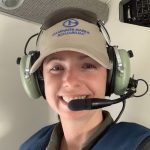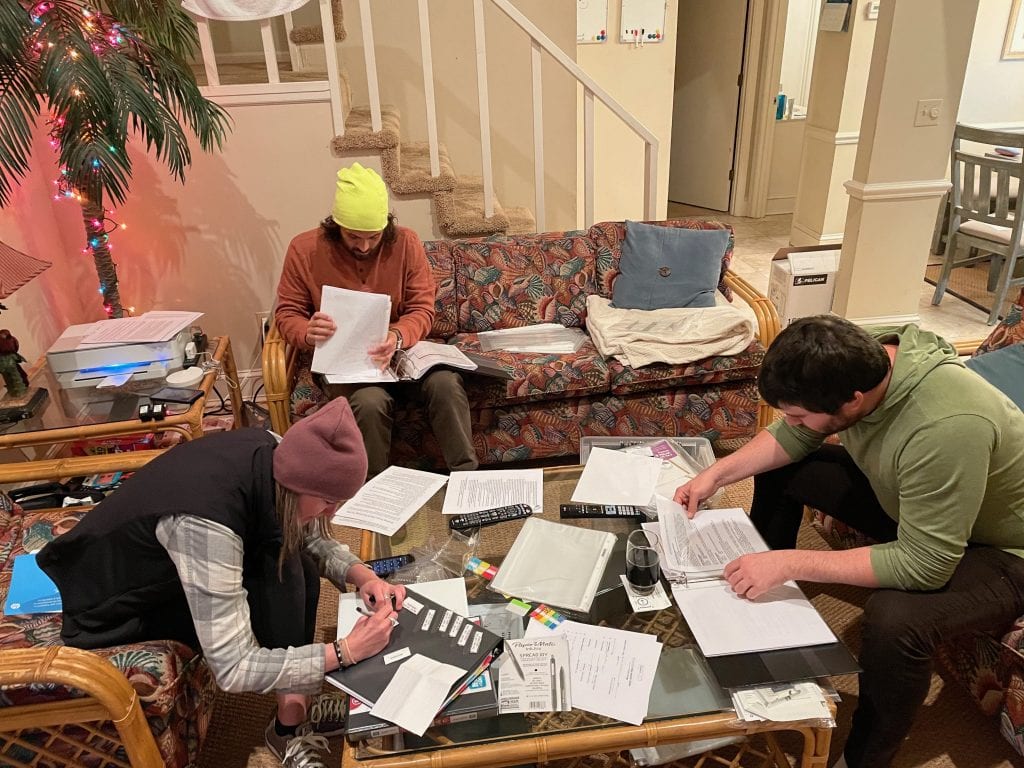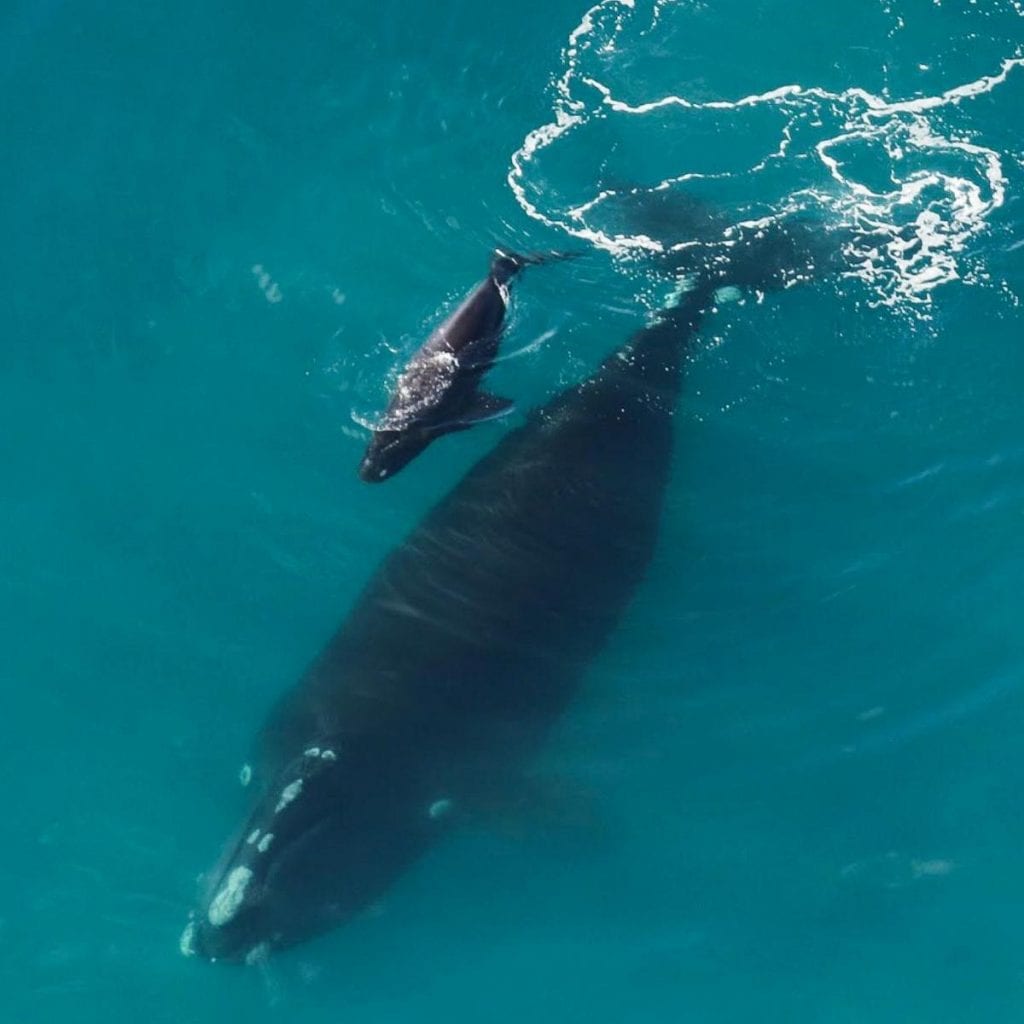
Contributor: Melanie White, Project Manager for CMARI’s RW Conservation Program
Every field season is full of behind-the-scene set-up. There’s updating protocols, updating spreadsheets, participating in meetings and reaching out to numerous partners and colleagues just to name a few. North Atlantic right whale work is no different. This year, those efforts started back in August. Yep, August. It takes a long time to make this job appear seamless during the season.
First things first. Field work requires staff. Working as a North Atlantic right whale (NARW) aerial observer for Clearwater Marine Aquarium Research Institute (CMARI) is a seasonal position. Previous staff are often the first to hear from me regarding their interest level in returning for another year. This year all previous staff said yes so I was off to a great start! But it doesn’t end there.

Numerous applications of candidates from all walks of life and experiences streamed in… my job is to create a cohesive team from these talented people.
With the opportunity to expand aerial survey coverage further north this year, more teams and more observers would be needed. Numerous applications of candidates from all walks of life and experiences streamed in, pending project approval of course. Each potential candidate brings their own unique skill set and my job is to create a cohesive team from these talented people. This year six individuals from around the country said yes to their offer to work for CMARI and our Right Whale Conservation program.
Four of our new staff members participated in egress training. This one-day, hand’s on exercise is used to prepare an individual for an aircraft water landing, safely exiting a submerged aircraft, survival skills in the open ocean and rescue techniques. This training is required by aerial survey staff every five years, per NOAA requirements. Stay tuned for an in-depth look into this exciting day in another post.
Staff: check. Now onto housing.

Thanks to the hard work of my returning staff making plenty of phone calls and inquires, we found great options for the space we needed, on a budget we required and over a time span that covers plenty of holidays.
That’s right. Wildlife does not know it’s a weekend or holiday. When the weather is good, we take to the sky! That’s field work in a nut shell. Time spent out in the field is based on external factors (mainly weather for us).
Throughout the fall, numerous meetings were scheduled, virtually this year, between research partners including NOAA, Florida Fish and Wildlife Conservation Commission, Georgia Department of Natural Resources, U.S. Navy, U.S. Coast Guard and U.S. Army Core of Engineers. These yearly meetings help prepare all entities for the season ahead and work to make sure all parties are aware of project plans.
…there was plenty to do while sheltering in place. Virtual training occurred…
Not surprisingly, added measures included COVID-19 procedures for field teams. As I tell my staff, human safety is always my top priority. That goes for when in the sky or on the ground. Working with our aircraft vendors and through conversations with colleagues a protocol was added on top of our already in-place CMA protocol. This included sheltering-in-place prior to moving into the field house, getting tested, and ultimately coming together as a team. Lodging accommodations needed to be made so staff could patiently wait separately. No worries, there was plenty to do while sheltering in place. Virtual training occurred between all team leaders. These discussions provided visuals of forecasting weather for acceptable survey conditions, weekly paperwork and spreadsheet requirements for status reports, daily checklists and email entries.
…staff were required to positively identify individual NARW using images CMARI staff have taken in the past and the North Atlantic Right Whale Catalog maintained by the New England Aquarium.

Additional virtual training occurred with all aerial survey staff, 10 in total, regarding an overview of the NARW population, identification features and of course what to look for in the sky. A presentation on how to take photographs from an aircraft was then discussed. Topics included ideal vantage points, key features to focus on, what makes a good image great, what not to take, the frustrations of working on a moving platform, helpful hints, etc. Entangled and injured NARWs were discussed and shown at length to prepare observers for what to look for and what to report when an injured or entangled whale is sighted. Identification methods for individual NARWs were shown and staff were required to positively identify individual NARW using images CMARI staff have taken in the past and the North Atlantic Right Whale Catalog maintained by the New England Aquarium. Take a look at all the unique features used to identified NARW. General protocols and instructions for aerial survey activities were updated and shared with all staff members. I promise you there was plenty for observers to read, familiarize themselves with and get excited for the calving season ahead!
Follow along as CMARI’s right whale team fly through another calving season.
All research and photos conducted under NOAA permit number 20556-01.